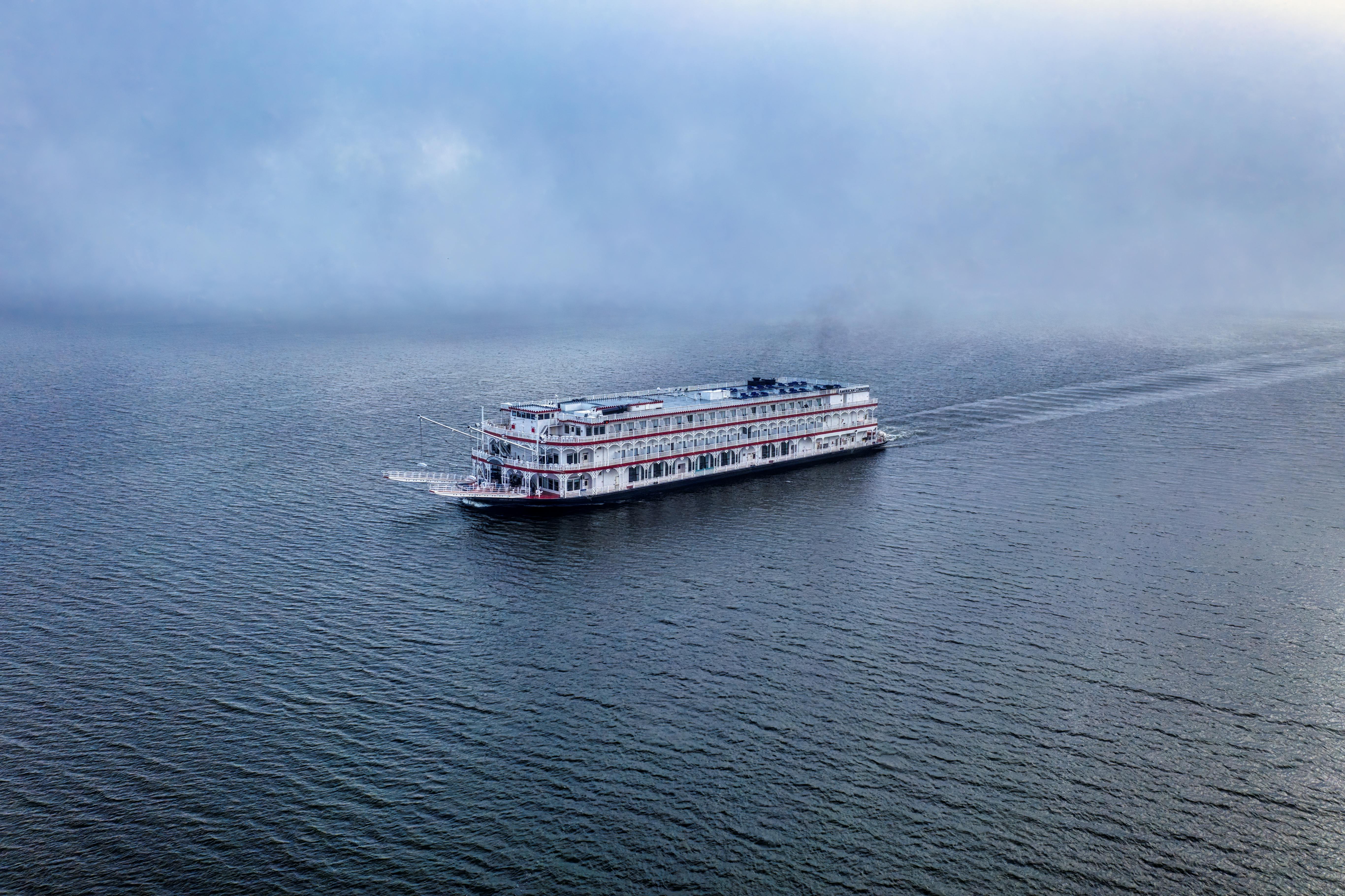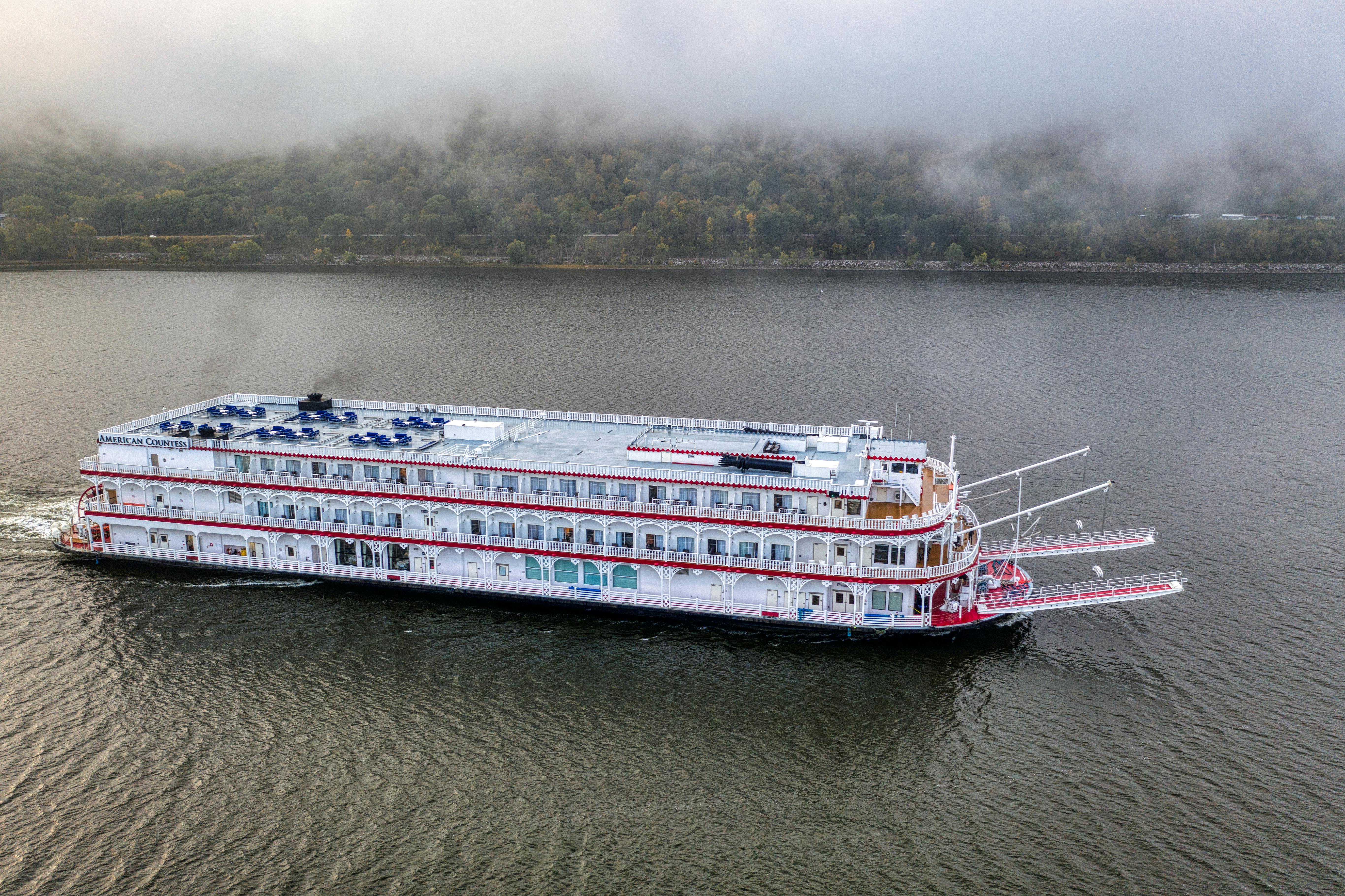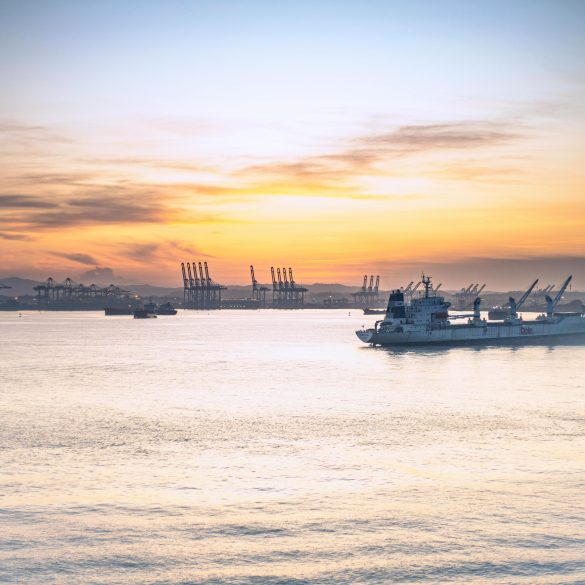Mississippi River Travel Guide 2025: History, Sights, Cruises & Local Secrets
Picture this: It’s dawn, late autumn, and you’re standing—coffee in hand—on the misty banks of the Mississippi River. The hush is profound except for a distant barge and a pair of herons gliding low above the reeds. You breathe in the muddy, magical scent and realize: the Mississippi isn’t just a river, it’s a living, churning timeline—an “artery of America” that runs backward and forward through history, culture, and the literal heart of the continent.
I’ve lost count of how many times the river has left me speechless. Sometimes it’s the quiet. Sometimes the thundering floodwaters. Sometimes—honestly—it’s simply realizing how little I truly know about it, despite working up and down its banks as a travel writer, educator, and accidental river nerd for over a decade.
Why the Mississippi? River Myths & Truths
Let’s start with something no one admits: most Americans—even many locals—barely scratch the surface of the “Big Muddy.” For lots of people (and, full disclosure, it was true for me too, back in the day), the Mississippi exists as half-memory from grade-school textbooks or flashes of Huckleberry Finn nostalgia—Tom Sawyer, steamboats, cotton bales. But the river is both wilder and more complicated than that.
Interestingly enough, most modern travelers underestimate its sheer geographic scale, cultural weirdness, and seasonal beauty.1 Is the Mississippi dangerous? Yes and no. Is it only about riverboats and crawfish? Not a chance. I see too many guides that over-romanticize or oversimplify. Here’s what I wish I’d known sooner: the river is never just one thing.
“The Mississippi is well worth reading about. It is not a commonplace river, but on the contrary is in all ways remarkable.”
The best Mississippi River journeys blend practical planning, open-ended exploration, and a willingness to let go of what you think you already know about American landscapes. Expect to be surprised—again and again. That’s the whole point.
The Mississippi River passes through or forms the border of 10 US states and drains all or part of 31 states—about 41% of the continental US! At more than 2,350 miles long, it’s the second-longest river in North America (after the Missouri, which, I’ll admit, still surprises some of my trivia-obsessed friends).2
Geography & Quick River Facts
Let’s get the essential facts on the table.
I used to rattle these stats off for tour groups; now, I find myself double-checking them each spring, because—like the river itself—so much changes with time, floods, and even shifting sands near the mouth. Here’s a snapshot for 2025:
| Feature | Quick Fact (2025) | What Surprises Visitors |
|---|---|---|
| Total Length | 2,350 miles | Not actually America’s longest river; the Missouri is |
| States Touched | 10 directly; 31 in total watershed | The upper Midwest is as “Mississippi” as the Deep South |
| Major Cities | Minneapolis, St Louis, Memphis, Baton Rouge, New Orleans | Hundreds of small river towns—still vibrant today |
| Average Width | Between ½ mile and 11 miles | Varies enormously with rainfall, floods, and snowmelt |
Don’t assume all parts of the river look or feel the same. The wild northern headwaters, the bustling industrial ports, Bluff Country, and the steamy Delta—each has a distinct personality. If you love endlessly varied landscapes, there’s nothing quite like the Mississippi.
Ever noticed how even a quick river glance in Minneapolis is different from what you’ll see in Natchez? Some call it “the backbone of America.” I sometimes think of it as the nation’s Rorschach test: you see whatever you most want to discover. 3
River Travel Experiences: Cruises, Towns & Outdoor Adventures
Okay, let’s step back: what draws travelers to the Mississippi? In my consulting work with regional tourism boards and small towns, it’s striking how the river acts as both a divider and a unifier—separating states yet stitching together a patchwork of communities that are as different as night and day.
Let me clarify: your ideal Mississippi experience could be wildly different depending on your interests and your travel style. Want a classic multi-day steamboat cruise with live jazz and southern cuisine? Great—those are thriving post-pandemic, with new routes for 2025.4 Prefer a blufftop hiking adventure, or a quirky October festival in a town of 900 people where strangers invite you for crawfish stew? Equally possible. That’s what makes trip planning so tricky—and exhilarating.
- Scenic river cruises: steamboats from New Orleans to Memphis, or 3-7 day Upper Mississippi history cruises.
- Bustling river towns: explore over 80 designated “Great River Road” communities from Minnesota’s Lake Itasca to Louisiana’s Venice.
- Outdoor activities: kayaking quiet backwaters, biking levee trails, photographing springtime wildflowers.
- Food adventures: catfish frys, soul food, po’boys, northern walleye, and—my guilty favorite—pecan pie in the Delta.
What really struck me on my first week-long cruise—as someone used to solo road trips—was that the river feels utterly different from the water. At sunrise, the fog, the call of a far-off towboat horn, that subtle vibration as the boat eases downstream: it’s hypnotic. And on shore, locals chat about Mark Twain as if he’d popped in yesterday.
- Upper Mississippi: Lake Itasca (MN) to La Crosse (WI)—3 days of wildlife, river bluffs, and brewery stops.
- Mid-River Culture: Hannibal (MO, Twain’s hometown) to Memphis (TN)—history, music, BBQ, and street festivals.
- Lower River Delta: Tunica (MS) to New Orleans—a week of plantain groves, legendary food, and bayou tours.
Seasonal Planning & Safety Essentials
Here’s where I used to get things completely wrong. Tourist season? I thought it ended with summer—nope.
Honestly, autumn and late spring are the best for mild weather, affordable lodging, and spectacular foliage, especially in the Upper Mississippi (September–October is peak “fall color cruise” season).5
Flooding is another factor no one wants to mention, but it’s vital to acknowledge. Flood risk is highest in April-June due to snowmelt. If you’re planning outdoor excursions or self-driving, monitor river forecast maps (the NOAA app is my safety essential). Many small towns actually host “high water” festivals, so check local calendars for unique events that only happen during these unpredictable times.
- Summer (June-August): Bustling river towns, festivals, occasional extreme heat
- Autumn (September-October): Fall colors, river cruises, fewer crowds
- Winter (November-February): Quiet, cold, rare but magical if you catch river eagles in Minnesota/Iowa
- Spring (March-May): Wildflowers, peak migratory birdwatching, some flooding risk
- Always check weather & flood alerts
- Wear PFDs (personal floatation devices) for water activities—even if you “grew up on the river”
- Don’t underestimate currents; the river is never predictable
- Ask locals about road or trail closures
“Flooding along the Mississippi River is both a threat and a fact of life. Advance warning and community preparation make all the difference.”
Anyone want a little more adventure? Consider paddling a section of the river—start with guided groups.6 Also, if comfort (or, let’s be honest, safety!) is your top concern, river cruises are the most accessible option for families and solo travelers alike.
River eagles—once rare—now winter by the hundreds along the Upper Mississippi National Wildlife Refuge. Bring binoculars and let local guides point you to the best seasonal viewing hides.7
History, Culture & Local Voices
I have to say, what puzzles me most—even after years of digging—is how layered the Mississippi’s history remains. Most travel blogs mention “Mark Twain” and stop there. But I’ve had my mind blown by Indigenous stories, French explorer journals, Black and Creole heritage, and the modern comeback of Delta blues (which, by the way, is far from “dead,” even in 2025). 8
- Indigenous legacy: Dakota, Ojibwe, Choctaw, Natchez, and dozens more nations whose knowledge of the river predated European maps.
- Colonial encounters: French, Spanish, British rule—each left its mark, especially in place names and architecture.
- The Great Migration: Black families moving north along the river, transforming music, cuisine, and urban culture.9
- Civil War and commerce: river towns as stages for conflict, trade, and turbulent social change.10
It’s almost impossible to walk the riverbank in Memphis or Natchez and not feel this history humming underneath. A local guide once told me, “Around here, the river is our memory.” I get it now.

Wildlife & Natural Wonders Along the River
The more I travel the Mississippi, the more I realize it’s truly a “river of surprises”—especially for wildlife lovers and naturalists.
Let me be completely honest: I never expected to find world-class birdwatching this far from the coasts, but the Mississippi’s seasonal migrations are, bar none, some of the most dramatic in North America.11 On one trip near Quincy, Illinois, I counted 45 bird species before noon (and, okay, misidentified at least 6—ornithology isn’t my strong suit).
| Wildlife Highlight | Best Viewing Season | Location | Local Tip |
|---|---|---|---|
| American White Pelican | April-May, September | Upper MS, Pool 13 (Iowa) | Bring a telephoto lens—pelicans congregate on river islands |
| Bald Eagle | December-February | Minnesota/Iowa Refuge | Dawn is best; check local visitor centers |
| Cypress Swamp Life | Year-round (hotter in summer!) | Mississippi Delta | Guided boat tours reveal hidden wildlife |
| Alligator Gar | March-June | Lower MS, Louisiana backwaters | Hire a local fishing guide; ask about safe handling |
The Mississippi River’s ongoing comeback, from decades of pollution and habitat loss, is a massive conservation win. However, there are persistent threats—nutrient runoff, invasive carp, and climate-driven flood extremes remain big challenges.12 Visitors are increasingly urged to choose eco-friendly activities, support local river nonprofits, and respect “leave no trace” practices.
“Today’s Mississippi River is a testament to both human intervention and natural resilience. Every mile holds evidence of recovery—and reminders of lingering risk.”
Future-Proof Travel: Sustainability, Access, and Community
Speaking of risk—have you noticed how the definition of “river adventure” keeps shifting? In the 2020s, especially post-COVID, I noticed a sharp uptick in travelers choosing more meaningful, sustainable journeys: biking the Great River Road, volunteering with local river cleanup groups, booking smaller eco-cruises instead of big commercial lines.13
Yet, accessibility isn’t just an environmental question. In conversations with families, wheelchair users, and educators along the river, common concerns come up:
- Which river towns have ADA-accessible trails and lodging?
- Where can you combine affordable, educational activities for kids and adults?
- What festivals and community programs actively welcome travelers from all backgrounds?
- How can visitors meaningfully give back to local communities?
Here’s the thing, though—the Mississippi remains a real-world testing ground for inclusive, future-friendly tourism. St. Paul’s accessible riverwalk, Prairie du Chien’s youth ecology programs, Clarksdale’s musical workshops for all ages—these aren’t just “extras”; they’re why the river still matters, culturally and socially.
I strongly recommend researching local nonprofit events and connecting with community groups before your visit. Two or three genuine conversations can change an entire trip, and open up experiences you’d never find on TripAdvisor.14
As of 2024, over 29% of Mississippi River road trippers and cruisers name “community involvement” or “eco-friendly options” as top trip priorities—up from just 7% a decade ago.15
“We wouldn’t have the festivals, parks, or clean water we do today without community groups and young people. The river’s future is in their hands.”
I get genuinely excited seeing how new generations re-imagine the “classic” Mississippi trip—not just by what’s on the surface, but by asking tougher questions about who benefits, who gets included, and how to make sure the river keeps giving back.
Practical Resources & Itinerary Ideas
No two Mississippi River trips are identical—trust me, I’ve tried to make “one size fits all” recommendations and always end up revising them. Planning is all about intentions (fun, exploration, learning, or just decompressing) and logistics. Here are some practical—and, I hope, flexible—resources for your next river journey:
| Resource | Best For | Website | 2025 Update |
|---|---|---|---|
| Great River Road Association | Driving tours, events | experiencemississippiriver.com | New route maps & podcast guides for 2025 |
| US Army Corps River Forecasts | Safety, flood updates | USACE Water Management | Mobile alerts for travelers |
| National Park Service: Mississippi River | Trails, parks, history | nps.gov/miss | Accessible trail locator added |
| River Cleanup Volunteer Orgs | Eco-tours, hands-on programs | livinglandsandwaters.org | 2025 events calendar live Feb 1 |
If you’re a planner (like me), you’ll want to cross-check weather, flood alerts, and event calendars as you finalize your dates. Last-minute changes are a Mississippi tradition (I learned this, the hard way, July 2019, when impassable levee roads delivered an unexpected day of historic site-seeing rather than my planned paddle trip!).
- Pick your top 2-3 travel goals (history, nature, food?)—then flex your itinerary for local discoveries.
- Layer accommodations: try at least one classic inn or riverfront cottage, plus a modern downtown hotel.
- Reach out to local tourism offices—most towns will suggest special events or insider tours if you ask directly.
- Use public transit or bike for short city-to-river trips; traffic and parking can surprise the unprepared.
- Prioritize eco-friendly options, support local makers/artisans, and connect with community festivals.
In my experience, the most memorable Mississippi moments are almost always unplanned: a fog-shrouded sunrise, a piece of local pie, or an unexpected conversation with a river guide who’s seen it all—or so they claim.
Final Thoughts: The River Keeps Flowing
I’m still learning—and that’s the essence of traveling the Mississippi. Each bend holds something novel, infuriating, stunning, or humbling. I go back and forth on the “perfect” season, the best river town for blues, the right gear for hiking the bluffs, but what never changes is the urge to return.
Whether this is your first river road trip or your fortieth, make this the year you go a little deeper—meet someone new, taste something new, ask questions about history, nature, and the state of the river today.
The best guides—human or otherwise—will tell you: let the river set the pace.
Safe travels. And here’s hoping you catch the river in all its complicated glory.
- Subscribe for quarterly Mississippi travel updates, safety alerts, and local interviews.
- Bookmark our essential river guide page to revisit new itineraries each season.



